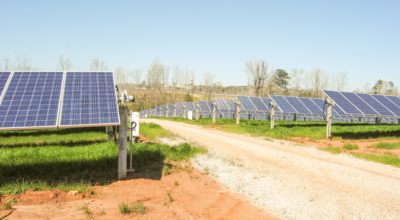Car ownership cost rises
Published 11:28 pm Thursday, April 18, 2013
John Watkins travels to different barns in rural areas every day in his work as a farrier, caring for and shoeing horses’ hooves.
He drives a pickup truck and tows an equipment trailer to his various job sites, which include several in Suffolk. His biggest expense isn’t horseshoes, though — it’s his vehicle.
Fuel alone costs him about $10,000 annually, he lamented while filling up at a Holland Road station Thursday. That doesn’t even include other costs of owning a vehicle, like maintenance and insurance.
“It’s increasing not only my operating costs but my supplies, with shipping and everything,” he said.
Watkins is suffering from the same phenomenon as nearly everyone else — the cost of owning and operating a vehicle has increased nearly 2 percent just since last year, according to the automobile association AAA.
The cost of owning and operating a sedan in the United States rose to roughly $9,122 per year based on 15,000 miles of driving. That’s nearly 61 cents per mile.
“Many factors go into the cost calculation of owning and operating a vehicle,” said Georjeane Blumling, vice president of public affairs for AAA Tidewater Virginia. “This year, changes in maintenance, fuel and insurance costs resulted in the increase to just over 60 cents a mile.”
The automobile association calculates the cost of owning and operating a vehicle annually. It has done so for the past 65 years, since gasoline cost 27 cents per gallon.
The formula used incorporates the operating costs of fuel, maintenance and tires and the ownership costs of full-coverage insurance, license, registration, taxes, depreciation and finance charges.
The largest increase in the past year was in maintenance costs, which grew by more than 11 percent to about 5 cents per mile, according to the AAA report. The estimates included in the study were based upon the cost to maintain a vehicle and perform needed repairs for five years and 75,000 miles including labor, replacement and the purchase of an extended warranty policy. Increases in labor and parts, as well as a “major increase” in the price of extended warranty policies due to high loss ratios by underwriters, contributed to the hike, the report states.
In addition, fuel expenses for most vehicles went up about 2 percent. The actual fuel price increase of about 4 percent was partially offset by better fuel economy in some models.
Average insurance costs rose about 2.76 percent, and tire costs remained unchanged, according to AAA’s report.






